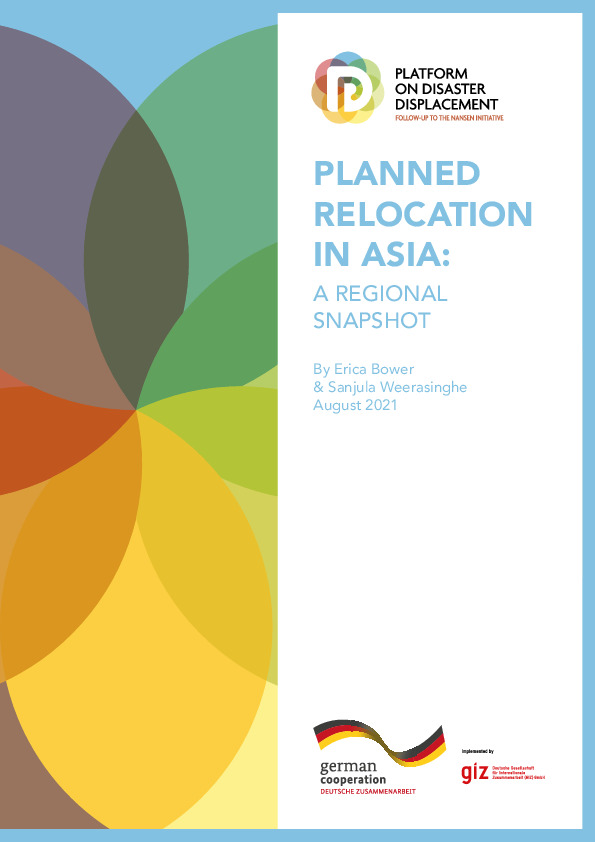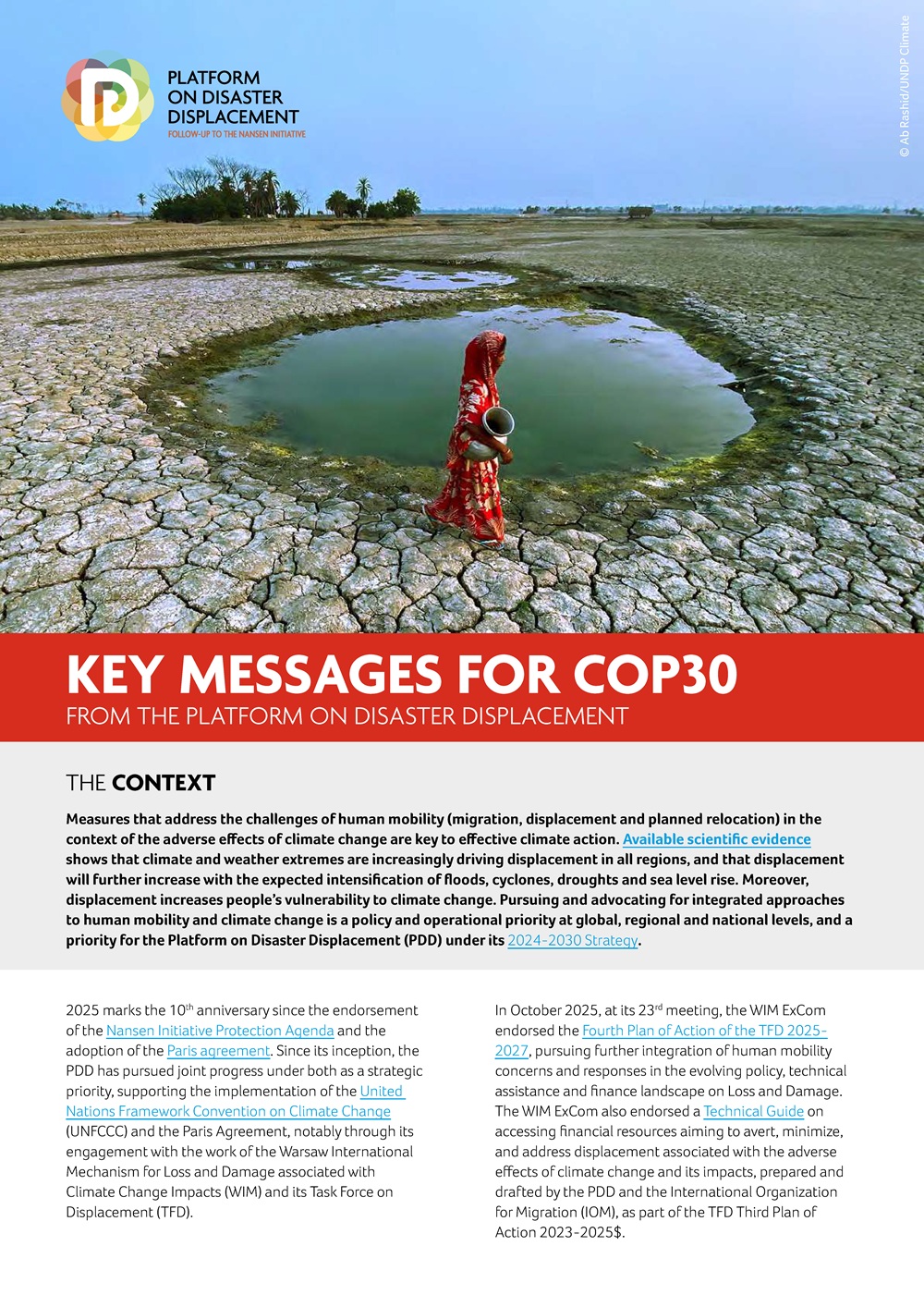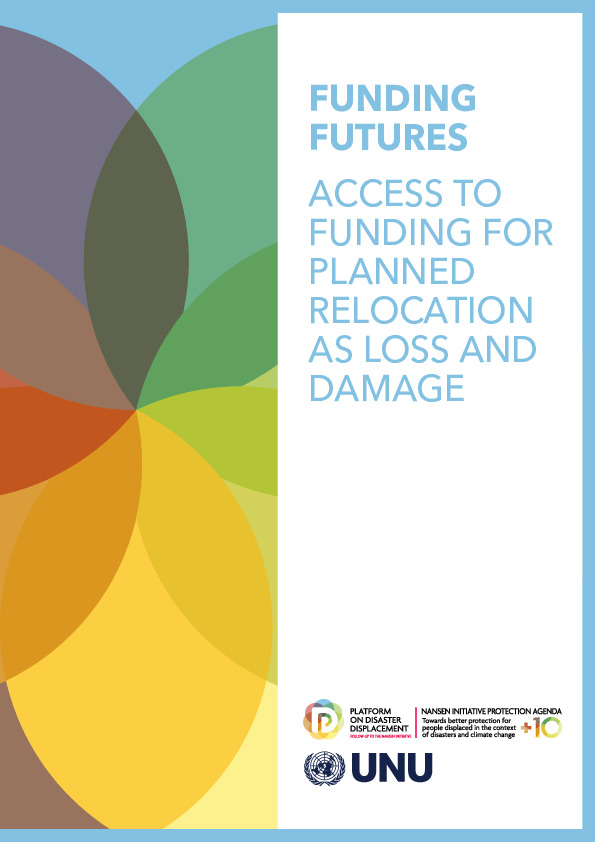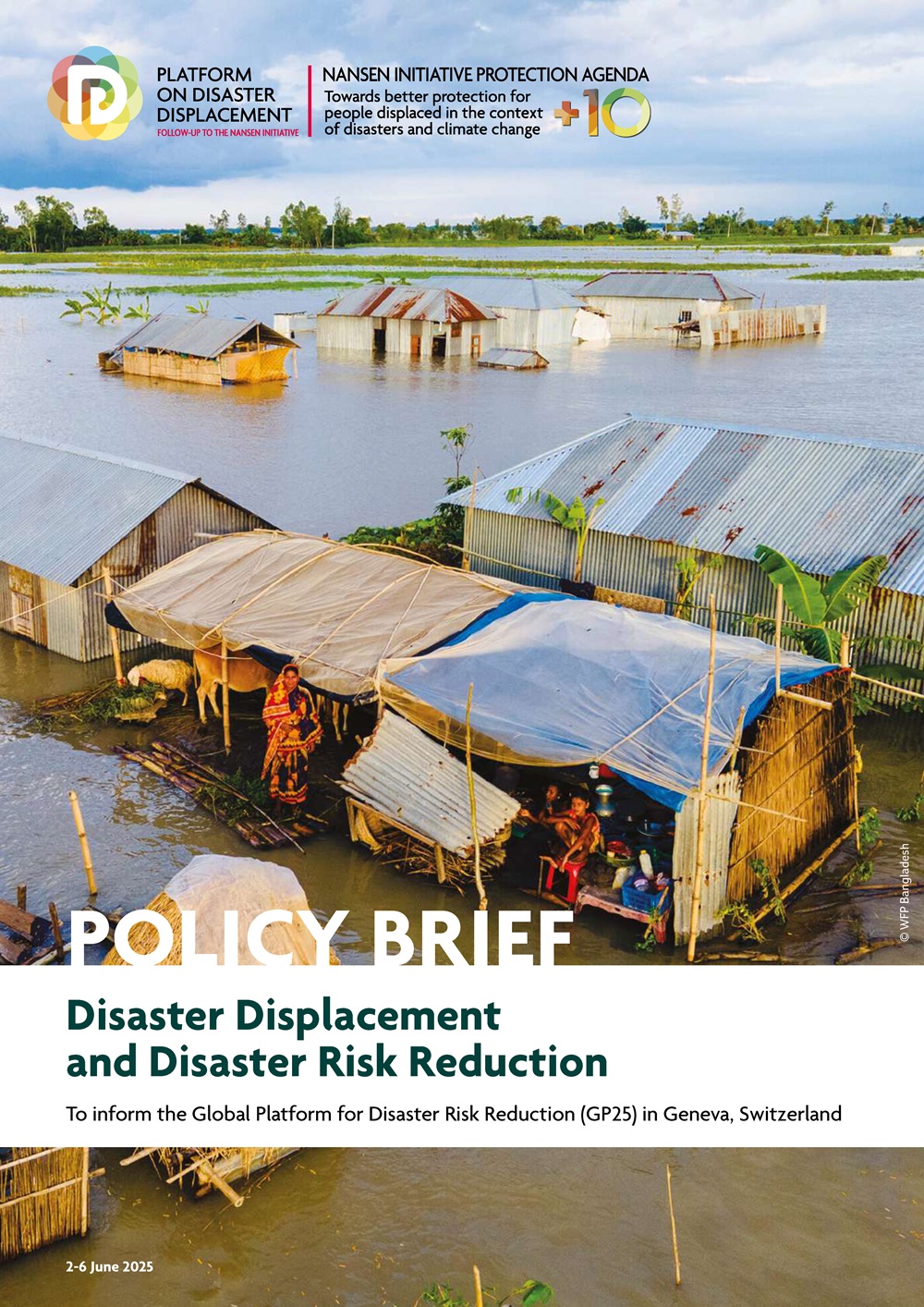In-Depth Report | Planned Relocation in the Pacific: A Regional Snapshot
By Erica Bower & Sanjula Weerasinghe
The Pacific region is exposed to disasters and climate change impacts. Storms, erosion and sea level rise threaten the habitability of land and the viability of livelihoods. Facing such impacts and risks, communities and authorities have initiated planned relocation of people out of harm’s way. While this risk reduction and adaptation tool has gained traction at the international level, and at the national level in some Pacific countries, knowledge and data gaps remain. A recent global mapping by the Platform on Disaster Displacement (PDD) and the Andrew & Renata Kaldor Centre for International Refugee Law at the University of New South Wales, Leaving Place, Restoring Home, and its dataset of over 300 planned relocation cases, identified 36 cases in the Pacific region. This regional snapshot, commissioned by GIZ, shines a spotlight on these cases and offers insights on the features of planned relocation in the Pacific.
This report is part of a larger set of studies aiming at establishing an evidence base on planned relocation cases, including: the global mapping Leaving Place, Restoring Home; an IOM-commissioned study, Leaving Place, Restoring Home II (forthcoming); an additional GIZ-commissioned regional snapshot on Planned Relocation in Asia and a further study on complex planned relocation cases, Unpacking Spatial Complexity; and a report on sea-level rise and planned relocation developed for the Kaldor Centre for International Refugee Law (forthcoming).





